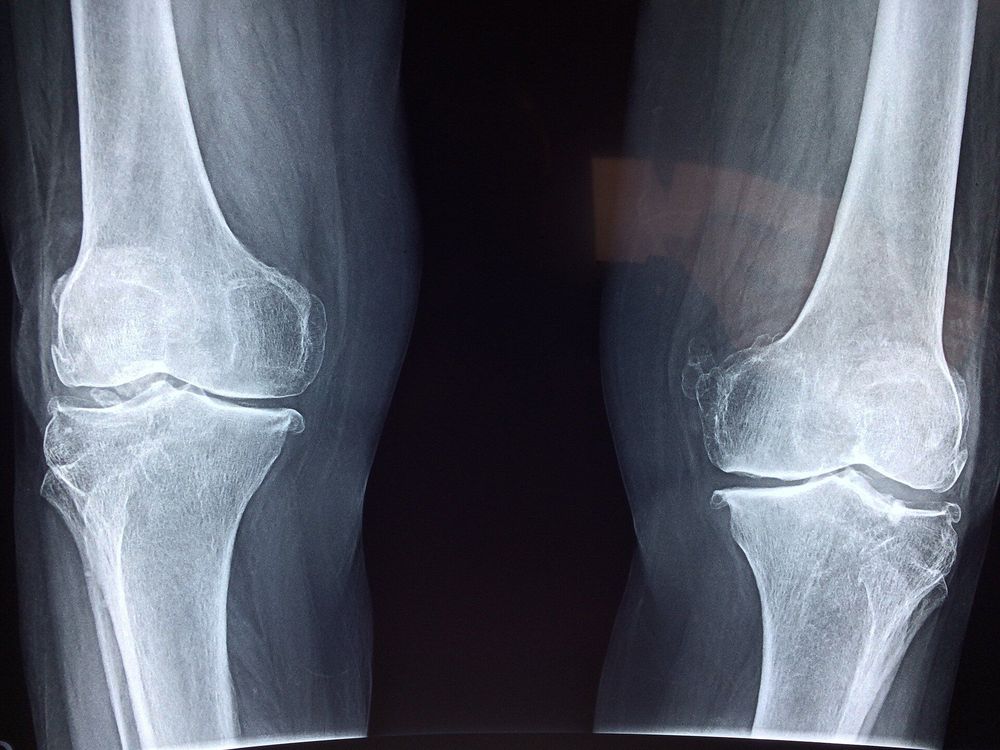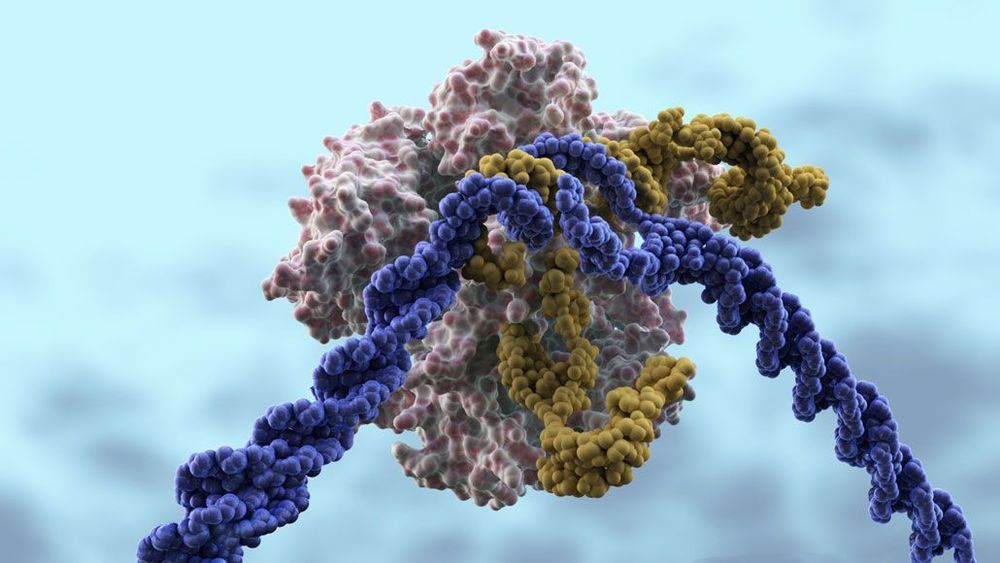CRISPR provides window into axolotl limb replacement.



With collagen supplements you can regrow cartilage pretty easily. Most supplements work better than medicine when it comes to tissue repair.
Humans have the ability to regrow cartilage, a new study has found.
In a way similar to how salamanders and other creatures can regrow lost limbs, humans have the capacity to repair and regenerate cartilage in their joints, researchers at Duke Health discovered.
“We believe that an understanding of this ‘salamander-like’ regenerative capacity in humans, and the critically missing components of this regulatory circuit, could provide the foundation for new approaches to repair joint tissues and possibly whole human limbs,” said senior author Virginia Byers Kraus, a professor in the departments of medicine, pathology and orthopedic surgery at Duke.
You might never have to plug the Reflect Eternal in for a recharge.


Intel this morning issued a statement noting that it has picked up Israeli AI chipmaker Habana Labs. The deal, valued at around $2 billion, is the latest piece of some hefty investments in artificial intelligence that include names like Nervana Systems and Movidius.
In July, Habana announced its Gaudi AI training processor, which the Tel Aviv startup promised was capable of beating GPU-based systems by 4x. The company has been rumored to be a target for an Intel acquisition for a while now, as Intel looks to get out in front of the AI market. The company clearly doesn’t want to repeat past mistakes like missing the boat on mobile.
So far, the strategy looks like it just may pay off, giving Intel a marked advantage in a category it notes will be worth around $24 billion by 2024. In 2019 alone, Intel notes, the company expects to generate in excess of $3.5 billion in “AI-driven revenue,” a 20% increase over the year prior.
Jim Mellon, speaking at Master Investor’s Investing in the Age of Longevity 2019 event.
Master Investor is an investment media and events company that delivers independent, financial commentary and analysis to UK private investors and traders through events, magazines, news, blogs, podcasts and daily/weekly newsletters.
Read our latest magazine at www.masterinvestor.co.uk/magazine
Book a free ticket (use code MIYT) to attend the annual Master Investor Show (28th March 2020): https://masterinvestorshow-2020.reg.buzz
Keep in touch:
Newsletter | https://masterinvestor.co.uk/subscribe
Twitter | https://twitter.com/masterinvestor
Facebook | https://facebook.com/masterinvestor
LinkedIn | https://www.linkedin.com/company/masterinvestor

Based on files uploaded to the VirusTotal scanning service, the ransomware attack on the City of New Orleans was likely done by the Ryuk Ransomware threat actors.
On December 14th, 2019, one day after the City of New Orleans ransomware attack, what appear to be memory dumps of suspicious executables were uploaded from an IP address from the USA to the VirusTotal scanning service.
One of these memory dumps, which contained numerous references to New Orleans and Ryuk, was later found by Colin Cowie of Red Flare Security and shared with BleepingComputer.com.

Studying how a set of conjoined twins know what the other is seeing has “validated” a ground-breaking approach to brain implants that could have come straight from the science fiction TV series Black Mirror.
Despite having separate brains, the twins in Canada can communicate thoughts and see or feel each other’s sensory input, even if their respective eyes are closed, prompting scientists from a US-based artificial intelligence (AI) developer to take a closer look.
Dr Phillip Alveda, founding chief executive of Corticol.ai, said functional magnetic resonance imaging (FMRI) showed the twins’ brains were connected via a single passage which led into each thalamus.
For those needing an uplifting, cheery video wink
Nikola Danaylov at #DarkFutures: #NeoTechnocracy – The #Future is Worse than You Think.

This is the short closing speech I delivered at the 2019 Dark Futures meetup in Toronto. Not my finest speech but, since event organizer and futurist Nikolas Badminton kindly gave me a video of my keynote, I thought it may be good to share it publicly and get your critical feedback.
Feel free to post your comments below.
Title: NeoTechnocracy: The Future is Worse than You Think

Antibiotic-resistant bacteria are increasingly the source of deadly infections. A team of scientists from the Technical University of Munich (TUM) and the Helmholtz Center for Infection Research (HZI) in Braunschweig have now modified an approved cancer drug to develop an active agent against multidrug-resistant pathogens.
The methicillin-resistant Staphylococcus aureus (MRSA) is the source of severe and persistent infections. Some strains are even resistant to multiple antibiotics. There is consequently an urgent need for new drugs effective against MRSA infections.
“The industrial development of new antibiotics is stalling and not keeping pace with the spread of antibiotic resistance. We urgently need innovative approaches to meet the need for new infection therapies that do not lead directly to renewed resistance,” says Prof. Eva Medina, director of the HZI Infection Immunology Research Group.